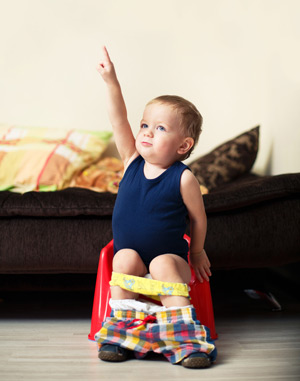(713) 526-3989
Call Our Houston Office For a Complimentary Consultation (713) 526-3989
Indera is just wonderful. She is always happy and clearly loves her job. She is kind and fun and as for the practicalities, she is always on time and very flexible.
Mrs Carter
Objective and professional with an obvious personal touch, small but important comments about each person.
Dr. Shari Rochen
It’s been a dream to work with Morningside, the caliber of nannies was definitely apparent.
Rachael C
Thank you so much. I would recommend your company to absolutely everyone in need of help. You always asked questions to ensure proper performance.
Cynthia Cisneros, Television News Personality
I have used two other agencies, both were difficult to work with and did not live up to their promises and Morningside Nannies did.
Dr. Susan Streusand
I wanted to pass along how happy I am to have Fatima working with our family. After just 11/2 days, I can see that she is a perfect fit for for child. We are lucky to have her.
Mrs Irvine
In a time crunch you provided me with two excellent applicants within hours!
Dr. Anita Tonking
Quality of applicants was way above what we had hoped for. Thoroughly enjoyed working with your agency – we will highly recommend you to friends.
Kim McMillan
I had an emergency situation and had a nanny sent over for the following day. I am so pleased with the service provided by Morningside Nannies. My son immediately fell in love with the nanny assigned to us. We couldn’t be happier.
A. Porter
Compared to other agencies Morningside presented a higher caliber of candidate.
Phyllis Epps, Law Professor
- Home
- Our Services
- Costs & Fees
- Find a Position
- Resources
- FAQ
- For Families
- For Nannies
- Nanny Health Insurance
- Nanny Taxes
- Nanny Organizations
- Fun Things to Do With Kids in Houston
- Houston and Surrounding Communities
- Alvin
- Angleton
- Baytown
- Bellaire
- Clute
- Conroe
- Deer Park
- Dickinson
- Freeport
- Friendswood
- Galena Park
- Galveston
- Humble
- Jacinto City
- Katy
- La Marque
- La Porte
- Lake Jackson
- League City
- Missouri City
- Pearland
- Rice Village
- Richmond
- River Oaks
- Rosenberg
- South Houston
- Sugar Land
- Texas City
- The Woodlands
- West University Place
- Pasadena
- About Us
- Blog
- Contact




